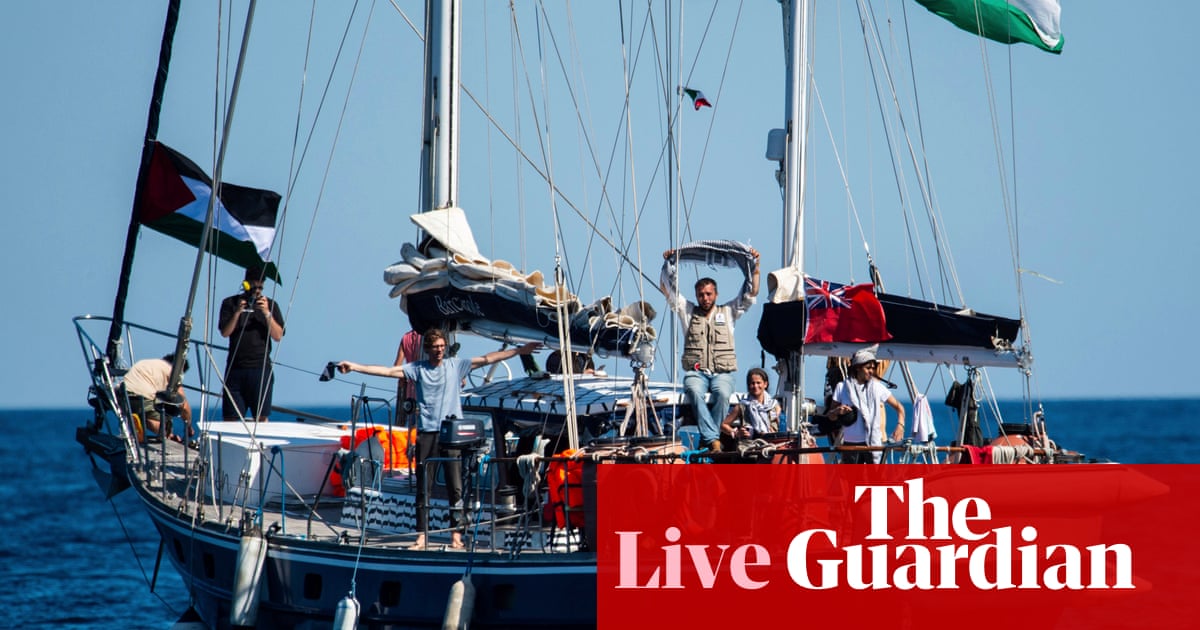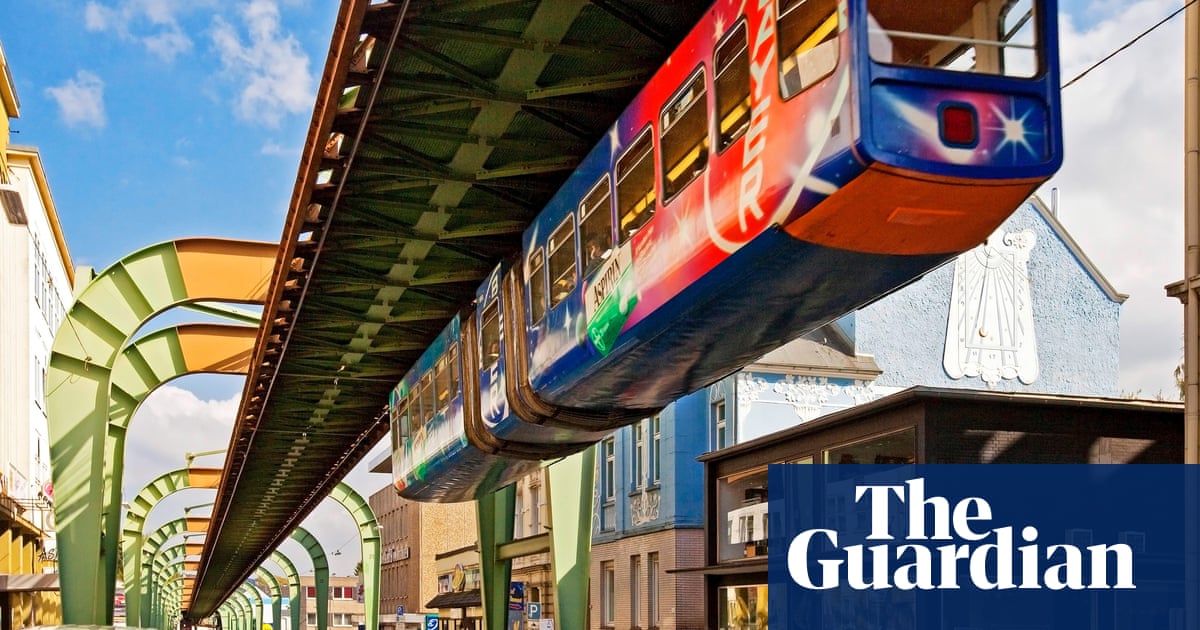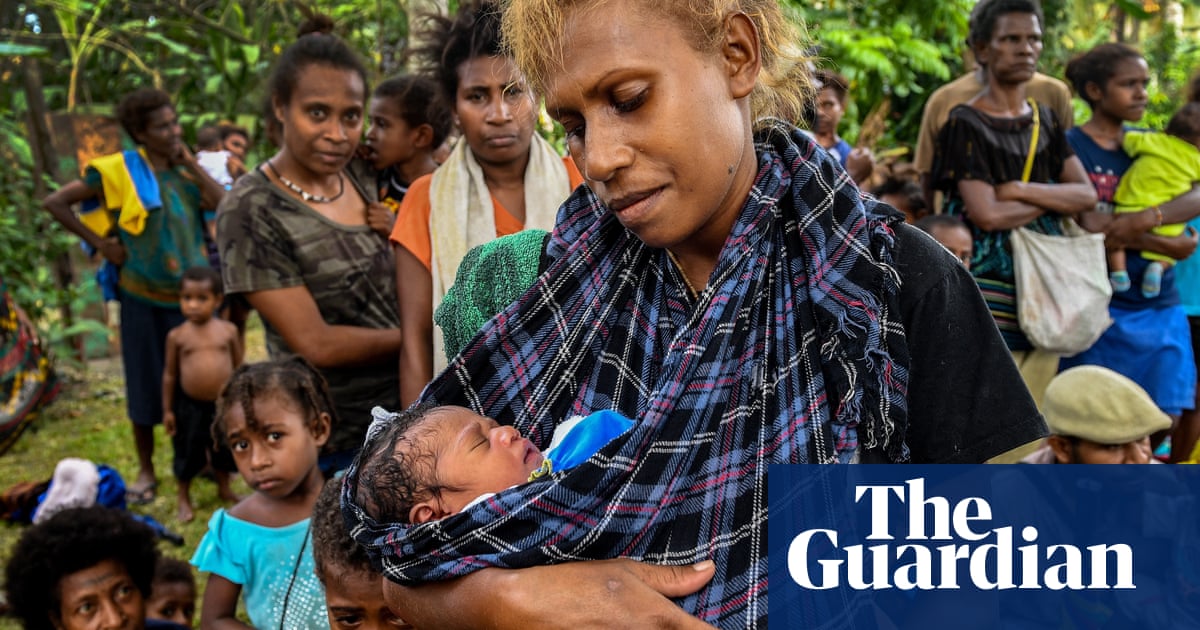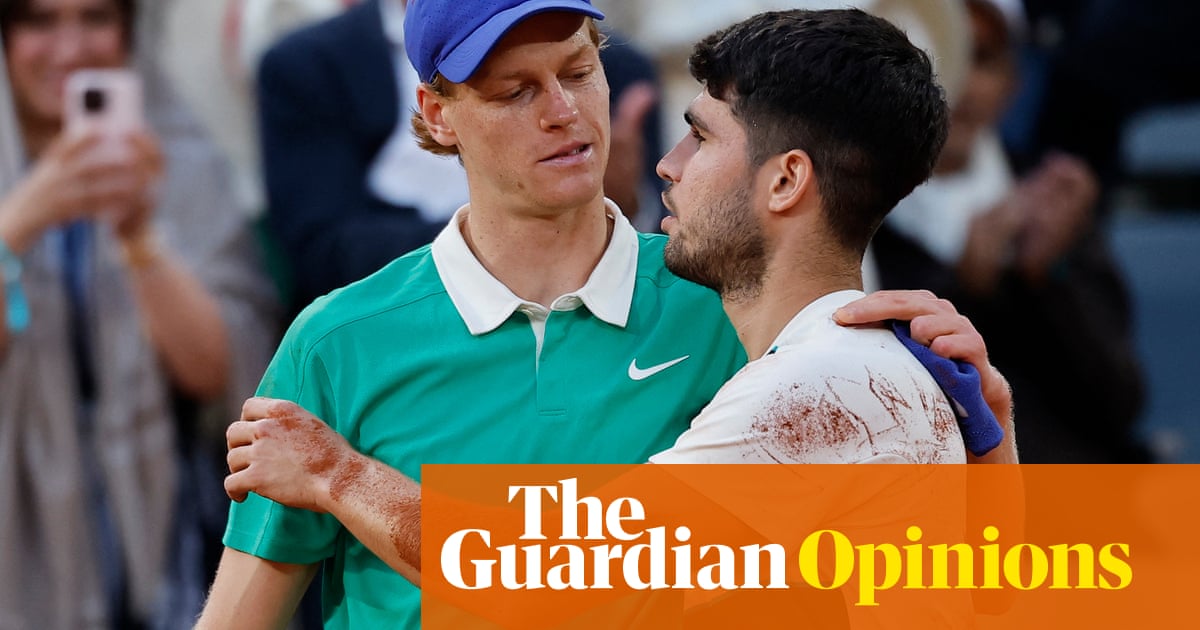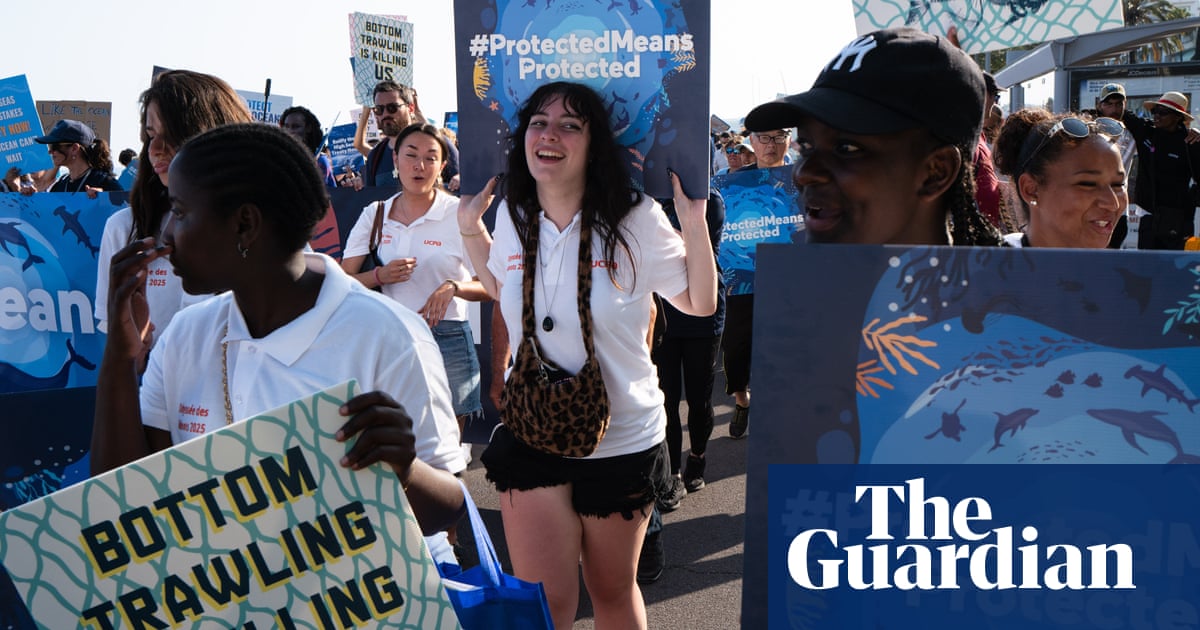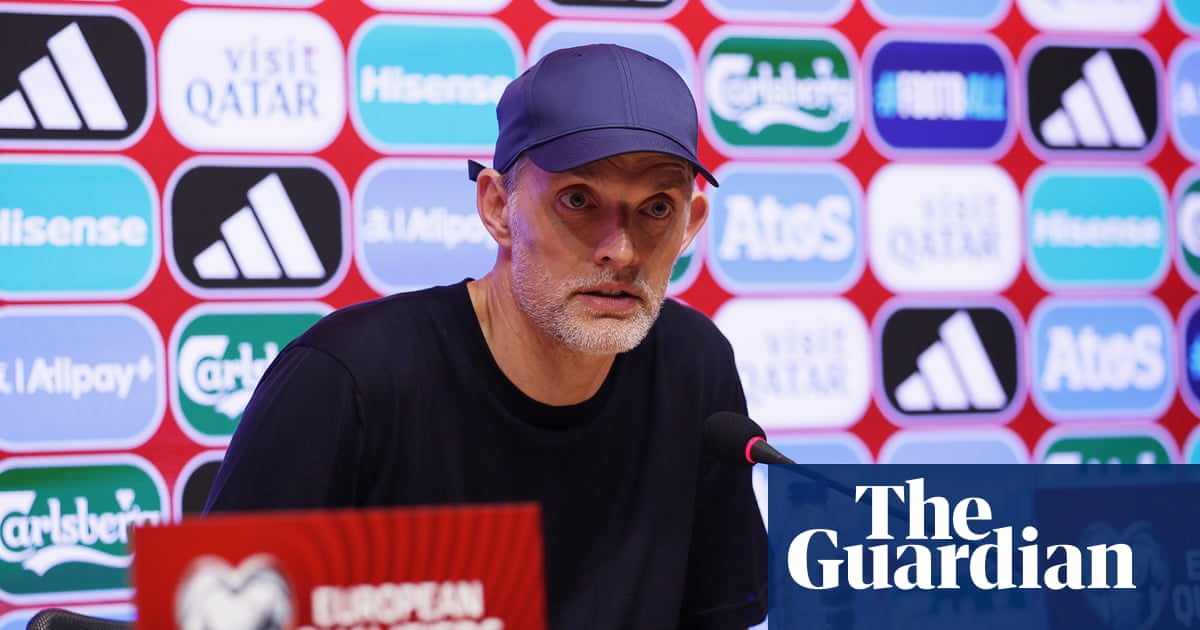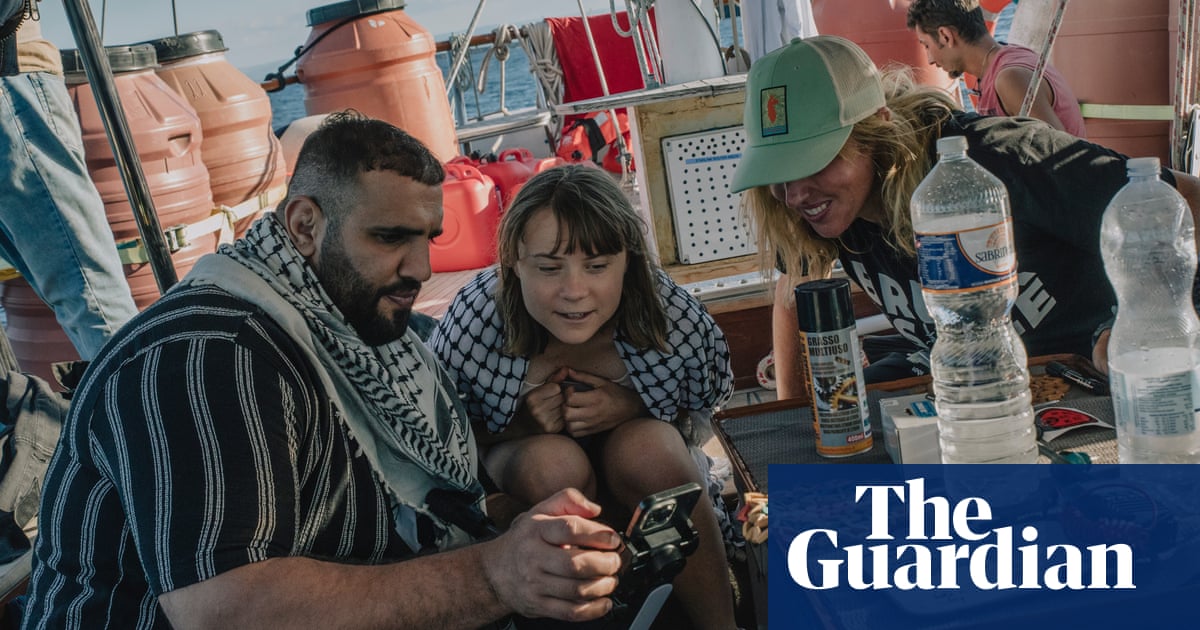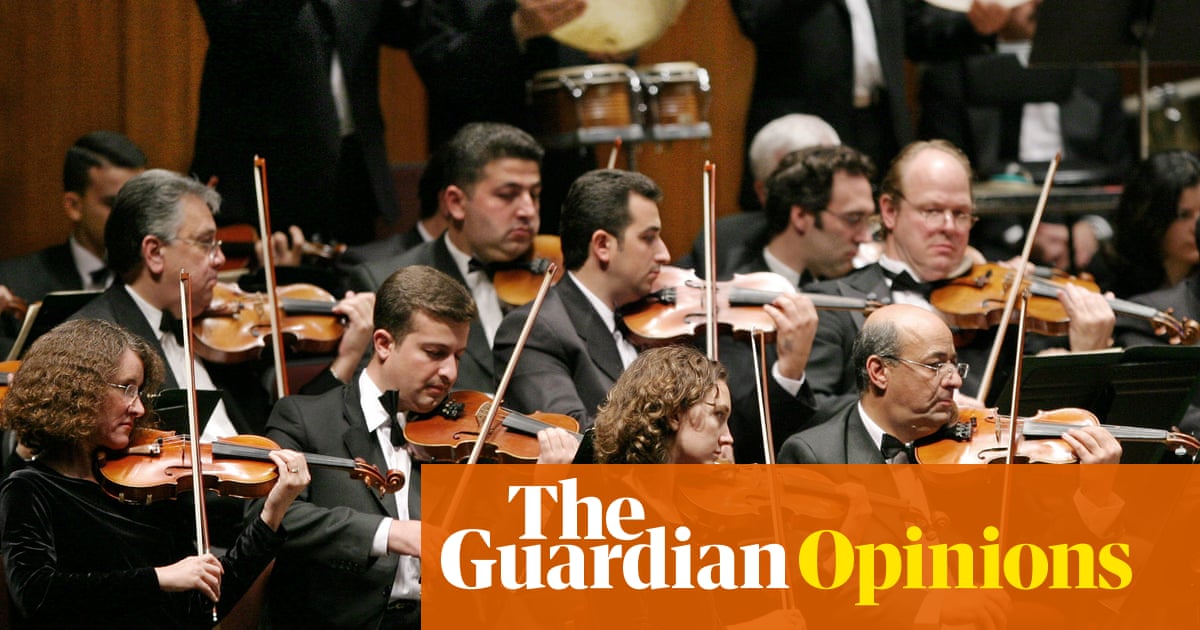A curious doughnut-shaped structure rises from an overgrown field on the outskirts of Tenjo, a rural town in central Colombia. It looks like a thatched UFO. Bamboo lattice walls curve up from the ground to form its bulging shell, tapering to a central chimney where wisps of smoke waft into the sky. Through the mesh walls, it is possible to make out bodies dancing in a circle around a fire, to the sound of drumming and chanting.
“As architects, we need to unlearn everything we have been taught,” says Ana María Gutiérrez, standing outside this momentous structure in muddy overalls, boots and a broad-brimmed black hat. “Our idea of progress is completely based on colonialist, extractivist practices. People talk about sustainability, but what exactly are we sustaining?”
The woven doughnut, Gutiérrez explains, is The House of Thought – an “intercultural temple” at the heart of her Centre for Regeneration. This is a 30-acre outdoor laboratory for indigenous construction techniques that she’s been building for 16 years. It is a place scattered with experiments, from structures that look like coil pots, to little domed houses built from sandbags. Some of the cavorting bodies inside the thatched temple belong to architects, who have come here for the day to cleanse themselves of their desk jobs, and get their hands dirty in workshops focusing on earth construction, ecological restoration, biodynamic agriculture and the healing properties of medicinal plants. Some are busy making bricks from troughs of mud.

Like many of the day’s participants, Gutiérrez used to work in a corporate architecture practice, in her case in New York. One day, while on holiday back home in Colombia, she travelled to Barichara, in the north, to take part in a workshop on rammed earth. “The moment I was barefoot,” she says, “working with the earth, I was like, ‘What am I doing sitting at a desk, working on a computer all day, every day?’”
She returned to Colombia in 2008, after inheriting land in Tenjo. Here, she resolved to create a centre for ecologically minded construction and “learning through sensorial experiences”. She established Fundación Organizmo, which helps remote tribal communities preserve and enhance their ancient skills. “What if we saw ancestral knowledge not as a romantic past,” she asks, “but as a vivid present that could teach us resilience?”
With the help of a grant from the Re:Arc Institute, a non-profit that addresses climate breakdown,Fundación Organizmo has been working with villagers in the remote jungles of Matavén, along the Orinoco River in eastern Colombia, at the border with Venezuela. Here, the Piaroa de la Urbana community has long relied on growing palm – for weaving everyday objects, and to build with. “The weaving techniques are in danger of disappearing,” says Gutiérrez. “Only a few of the older generation know how to. So we designed a classroom with the community and created a curriculum to help preserve the tradition.”
A second project, in Vaupés to the south-east, takes a more activist approach. Here, Organizmo is working with the Takaka collective, formed of young researchers from eight ethnic groups, to make films about the challenges facing local leaders battling land exploitation. “We want to show the differences between ancestral leadership and the sort of political leadership we are experiencing at this time,” says Karen Meneces, a member of the Guanano. “We are going to show our cultures, our daily life, our beliefs, our dances. We want to make people aware of our flora and fauna, and the richness of our resources.”
These projects are typical of the amorphous initiatives that Re:Arc funds, operating somewhere between architecture, community organising and climate action. Established in 2022, the Copenhagen-based charity is funded by the Inter Ikea Foundation, the ultimate owner of Ikea, which made €2.2bn (£1.8bn) in profits last year. The ecological focus of its grants is not surprising. Ikea is the world’s largest consumer of wood and, over the years, the flat-pack furniture giant has come under fire for its environmental impact, accused of fuelling throwaway culture and accelerating the deforestation of protected areas. A recent Greenpeace investigation claimed that Ikea’s suppliers were sourcing timber from some of Europe’s last remaining old-growth forests in Romania. Other reports have highlighted the company’s links to illegal logging in Siberia, Ukraine and Brazil, as well as forced prison labour in Belarus.
Ikea refutes Greenpeace’s accusations, insisting that the sourcing practices outlined in the report are legal. The company says it has ceased working with the Brazilian supplier, no longer sources wood from Siberia, and has terminated all contracts in Belarus. “Under no circumstances do we accept illegally logged wood, and we work actively to ensure that such wood is not used in our products,” Ikea said in a statement. “We do this through working actively with control measures via a comprehensive due diligence system which contains multiple safeguards. While no system guarantees against all risks, when we receive indications of misconduct, we immediately investigate and act on them.”

Re:Arc doesn’t emphasise its links to Ikea, but its work could be seen as a small form of penance for its funder’s environmental sins – channelling some of the Billy bookcase fortune towards planetary restoration. Over the past two years, it has distributed grants of €15m (£13.4m) to 76 groups across more than 40 countries, ranging from indigenous minorities in Bangladesh to a participatory building charity for young people in London. Its current focus is on Latin America and the Caribbean, which holds half of the world’s biodiversity, and has lost 240,000 hectares of protected land to deforestation. It is also where Ikea is pursuing a $600m (£474m) expansion plan, with new stores in Mexico, Chile, Peru and Colombia. A 26,000 sq m store opened in Bogotá in 2023, followed by one in Cali, with another popping up in Medellín last October.
A half-hour metro ride north of Medellín’s new megastore lies the neighbourhood of Moravia, where Re:Arc has also been working. The area was once home to a gigantic landfill site, the toxic dumping ground of what was then the most dangerous city on the planet. When it closed in 1984, desperate families started building their homes on top of the dump using whatever they could find, and the place swelled into an informal shantytown, ruled by rival drug gangs. In the early 2000s, as part of some sweeping transformations, the trash mound was turned into an urban park, community centres were built, and residents were allowed to legally purchase their homes.
“A lot of people were relocated during the transformation,” says German architect Max Becker, who first came here 11 years ago. “They were put in seven-storey buildings, cut off from public transport, with no public facilities.” He started to bring his architecture students here from Berlin, and organised workshops with local people, which saw a new public staircase built through a poorly connected part of the neighbourhood. “As soon as we started, we had so many volunteers,” he says. “People donated concrete, paint and solar panels for lighting at night.”

Together with community leader Cielo María Holguín Ramírez, who grew up in Moravia, Becker established Oasis Urbano, a “think-and-do-tank” dedicated to co-creating urban improvements with local residents, a bottom-up alternative to Medellín’s top-down model.
“I saw so many people killing each other on the street when I was a child,” says Holguín Ramírez. “Nobody wanted to come to Moravia. But over the last 35 years, it has become a safe, diverse and productive neighbourhood, through the commitment of the residents to improve their own area.”
Oasis Urbano has since worked on building a linear park and a new public square, with a big mosaic map set into the ground, giving people a sense of ownership over the area – which is continually threatened with redevelopment.
In 2018, they built a temporary bamboo community centre, called Taller Tropical. Over its three-year life, it hosted 10,000 people at events ranging from concerts, lectures, open-air cinema screenings and classes in everything from cooking and furniture-making to juggling and self-defence. With the help of Re:Arc, they are now working towards a more permanent venue, the Escuela Popular. It will be a bright yellow multistorey affair, with a restaurant and community kitchen on the ground floor, a library and space for artist residencies, and a roof terrace for cultural and educational activities. Construction is set to begin later this year. “We think of the whole building as an experiment,” says Becker, “which can also change depending on the needs of the community.”
There will also be a “fab lab”, focused on recycling waste, where perhaps some Ikea furniture may one day end up – discarded Järvfjällets and Malms ready to be reborn in the cycle of extraction, consumption and corporate social responsibility.

 3 months ago
62
3 months ago
62
